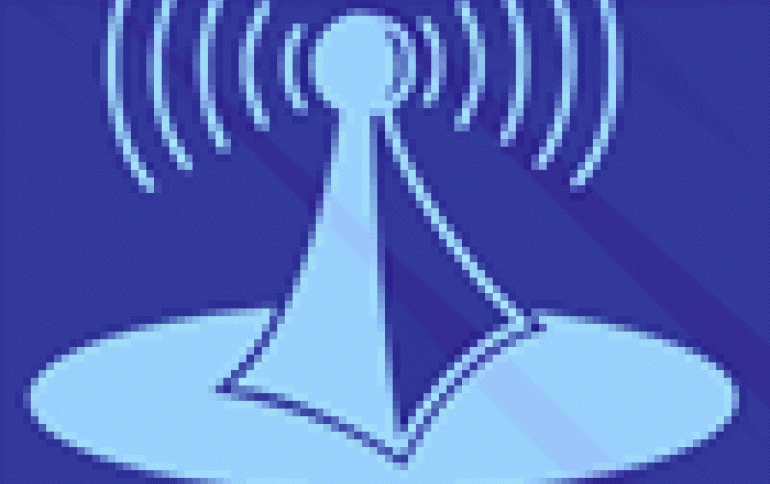
IEEE Approves IEEE 802.16m Mobile Wireless Stanbdard
IEEE has approved IEEE 802.16m standard, the candidate successor of the WiMAX.
IEEE 802.16m, also known as WirelessMAN-Advanced or WiMax-2, provides the performance improvements necessary to support future advanced services and applications for next generation broadband mobile communications. In October 2010, ITU-R agreed to incorporate this technology into its IMT-Advanced Recommendation specifying systems that support low to high mobility applications, a wide range of data rates in multiple user environments, high-quality multimedia applications, and significant improvements in performance and quality of service.
The standard has been designed to deliver end users download speeds in excess of 100Mbit/s which should compare favorable to consumer enabled WiMAX implementations that rarely allow for speeds above 10Mbit/s today, even though the standard is capable of higher speeds.
A globally relevant standard, IEEE 802.16m incorporates innovative communications technologies such as multi-user MIMO, multicarrier operation, and cooperative communications. It supports femto-cells, self-organizing networks, and relays. Major worldwide governmental and industrial organizations, including ARIB, TTA, and the WiMAX Forum, are adopting this standard.
One of the advantages of the new standard is that it?s backwards compatible with WiMAX.
"We are delighted that IEEE has recognized the completion of this comprehensive technical effort that has involved hundreds of creative and diligent professionals from over twenty countries during the last four years," said Dr. Roger Marks, Chair of the IEEE 802.16 Working Group. "Our organization was able to efficiently harmonize these innovative technologies into a clear set of specifications guiding the future development of the mobile broadband marketplace."
The standard has been designed to deliver end users download speeds in excess of 100Mbit/s which should compare favorable to consumer enabled WiMAX implementations that rarely allow for speeds above 10Mbit/s today, even though the standard is capable of higher speeds.
A globally relevant standard, IEEE 802.16m incorporates innovative communications technologies such as multi-user MIMO, multicarrier operation, and cooperative communications. It supports femto-cells, self-organizing networks, and relays. Major worldwide governmental and industrial organizations, including ARIB, TTA, and the WiMAX Forum, are adopting this standard.
One of the advantages of the new standard is that it?s backwards compatible with WiMAX.
"We are delighted that IEEE has recognized the completion of this comprehensive technical effort that has involved hundreds of creative and diligent professionals from over twenty countries during the last four years," said Dr. Roger Marks, Chair of the IEEE 802.16 Working Group. "Our organization was able to efficiently harmonize these innovative technologies into a clear set of specifications guiding the future development of the mobile broadband marketplace."




















